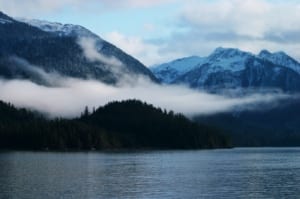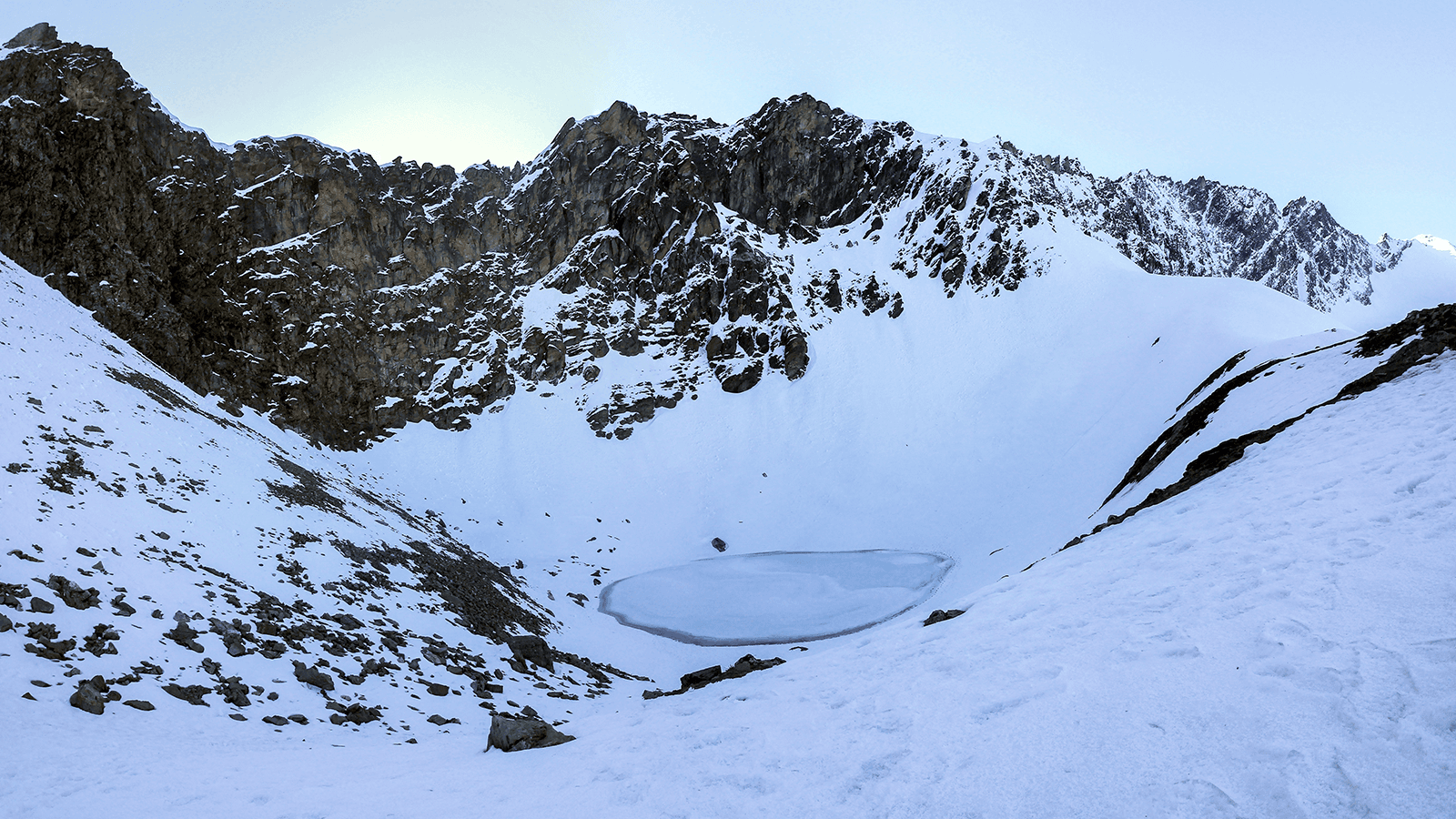
It seems like new discoveries about the peopling of the Americas are a dime a dozen these days. Without a doubt, the journey those first Americans took from the frozen wastelands of Asia down the Pacific coast into the Americas has been an active research subject for many decades. Archaeologists, linguists, and now geneticists have all analyzed the data in their respective fields, and while we have seen progress in figuring out the overall timing and migration routes across the Bering Strait during the height of the Ice Age, many questions remain unanswered. For example, there is still disagreement over whether there was a single wave of migrations into the New World around 18,000 years ago (a scenario generally favored by geneticists), or whether there were several separate migrations, each bringing across the Bering Strait its own distinct culture and languages (more popular among linguists).
Now, an international team of geneticists has added to the debate by trying things a bit differently. While the majority of genetic studies have focused on the four most common mitochondrial DNA (mtDNA) types, or ‘haplogroups,’ among Native Americans, these authors switched things up a bit. In study published online Thursday by Current Biology, they focused instead on two of the most rare and localized mtDNA haplogroups in the New World: D4h3 and X2a.
Mitochondrial DNA is passed down from mother to child exclusively. So by comparing the mtDNA of different populations, geneticists can estimate where and when their female lines diverged from one another.
Haplogroup D4h3 is usually found along the Pacific coast of South America, while X2a has been found only in north-central North America. The authors sampled a total of 55 individuals who fell into either one of these two groups. They sequenced the entire mitochondrial genome for each, thereby adding to the considerable lack of knowledge on these haplogroups; this was the first time that anyone completely sequenced representatives of either D4h3 or X2a.
The analyses of haplogroups D4h3 and X2a revealed two distinct genetic histories. That difference suggests they may have come from separate regions of Asia and expanded in the New World in very different directions, even though they both may have arrived around the same time.
Specifically, the authors argue that that, even though it appears that both D4h3 and X2a individuals arrived in the New World at about the same time period — between 14,000 and 17,000 years ago — they took very different routes to get there. The authors argue that D4h3 individuals crossed from Asia to the Americas via a coastal route; the same path the ancestors of most people bearing the major haplogroups are believed to have taken. Then, they continued down the Pacific coast, settling in various places along the way.
However, X2a individuals seemed to have embarked on a different journey. Avoiding the coast entirely, this group of people traveled through a small inland corridor between two major North American ice sheets, about 15,000 years ago. Then, they continued into the heart of North America, settling in what is now central Canada, where their descendants still reside today.
The results presented by the authors provide — perhaps for the first time — clear evidence that at least two separate routes were used by the earliest Paleo-Indians as they left East Asia and entered the Americas. But, and maybe even more importantly, it shows that the migrants who took these routes may have come from two different source populations. We can only hope that future research on these two haplogroups can reveal where in East Asia they originated, and maybe even what made them cross the frozen landscape in the first place – by land and by sea.



